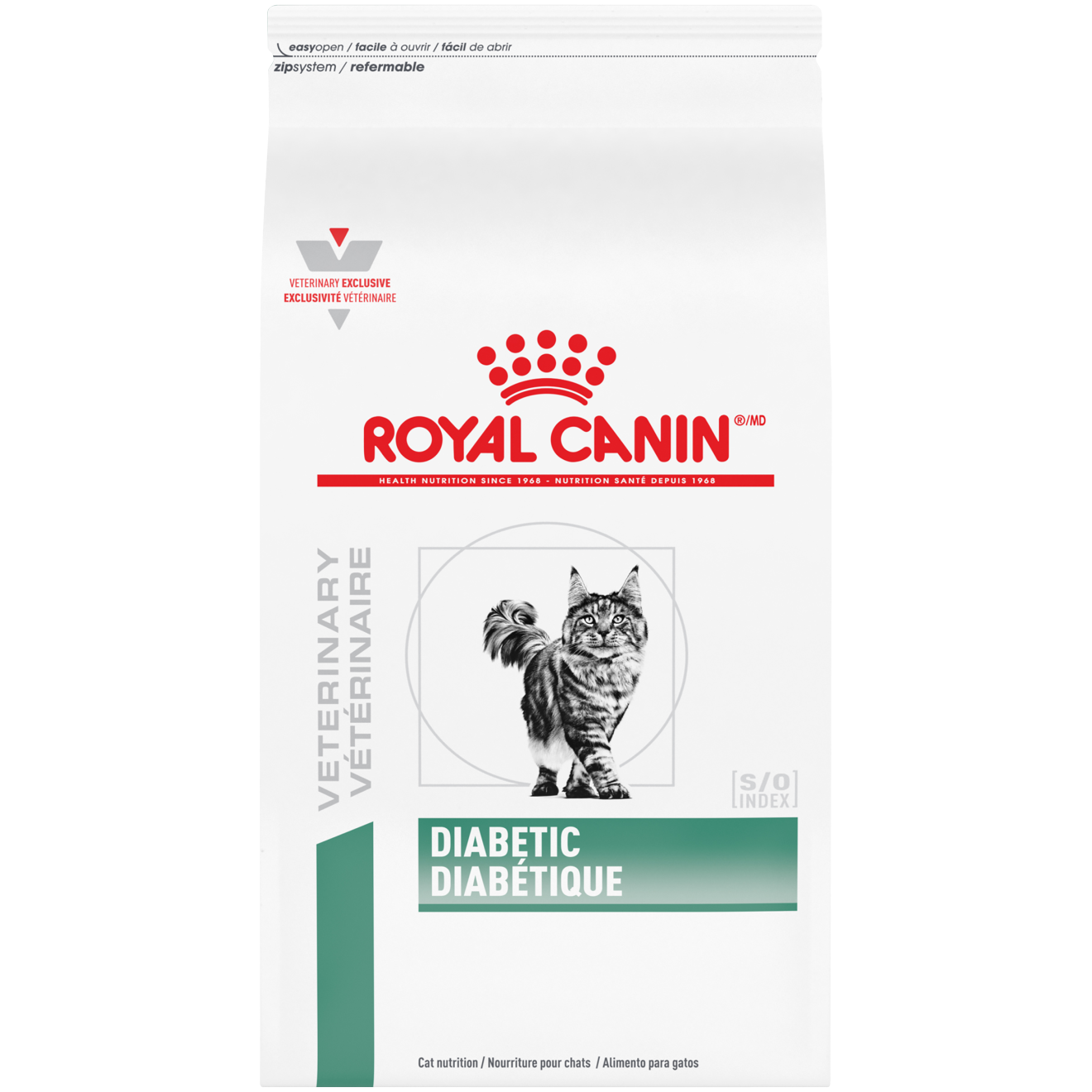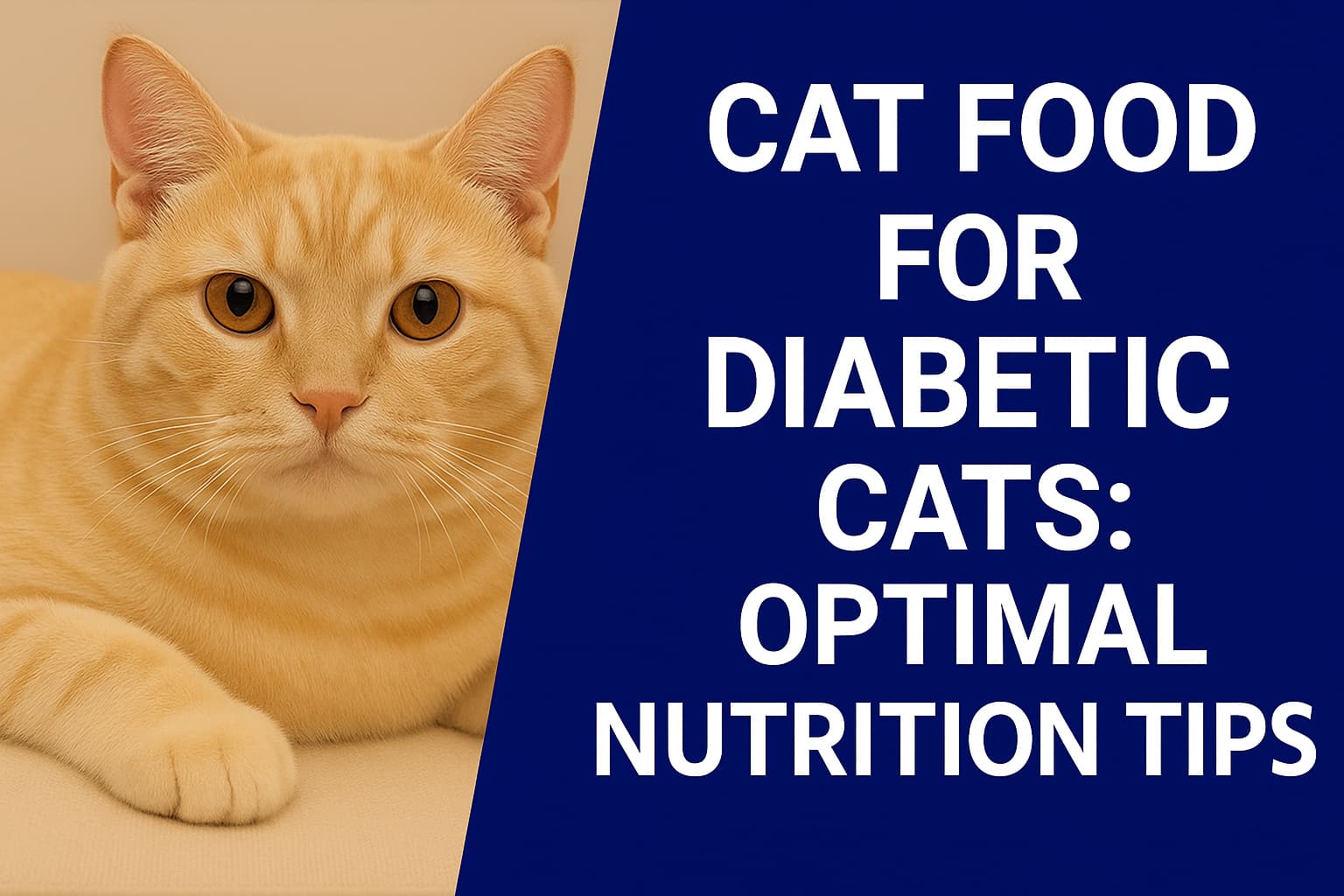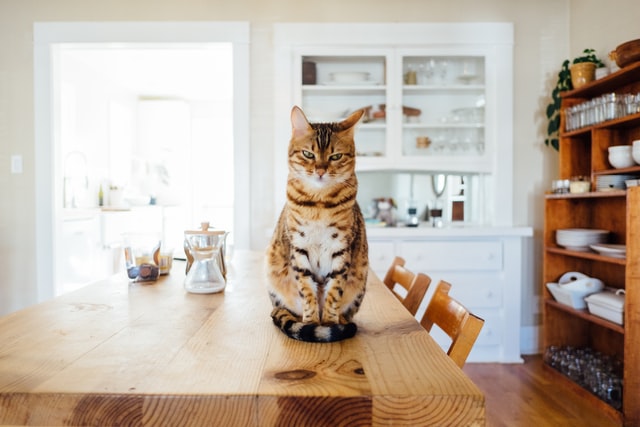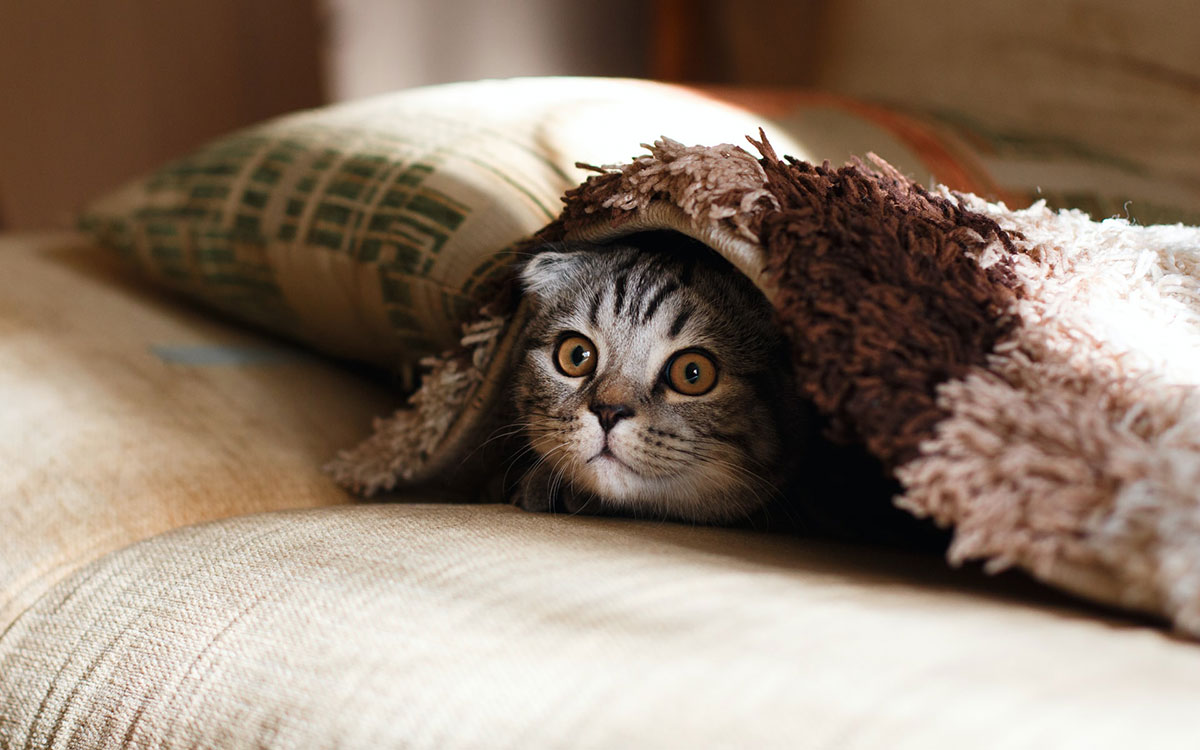Diabetic cats need special care. Their diet plays a crucial role.
Proper cat food can help manage their diabetes and enhance their overall health. Understanding the right food options is vital for every cat owner. Diabetes in cats can lead to serious health issues. It requires attention and specific dietary changes. Cat food for diabetic cats must be low in carbohydrates.
It should also have high-quality proteins. This helps in controlling blood sugar levels. Owners need to be aware of their nutritional needs. Choosing the right food is essential for their cat’s well-being. It’s about striking a balance between flavors and health benefits. This guide will explore the best options available. Learn what makes a diet suitable for diabetic cats. Understanding these needs ensures your feline friend stays healthy and happy.

Diabetes In Cats
Cats with diabetes often drink a lot of water. They may pee more often. Some cats lose weight despite eating a lot. You might see your cat constantly tired. Weakness in the back legs is also common. Cats may have a bad coat. It might look dull or greasy. These signs indicate that you should visit a veterinarian soon.
The vet will check your cat’s blood. Blood tests help find diabetes. Urine tests can also indicate if blood sugar levels are high. The vet might ask about your cat’s habits. Changes in eating and drinking are essential. The vet uses all this information to make a decision. Early diagnosis is critical. It helps manage diabetes better.
Nutritional Needs Of Diabetic Cats
A balanced diet is essential for diabetic cats. Cats require food that helps regulate their blood sugar levels. This means low carbohydrates and high protein. It helps keep energy stable. Cats also need enough fiber. Fiber helps slow down sugar absorption. It is also suitable for digestion.
Healthy fats are also crucial. They provide energy without raising sugar. Omega-3 fatty acids are beneficial. They support heart and joint health. Vitamins and minerals are essential, too. They support bodily functions and immune system health.
Key Nutrients
Protein is the most vital. It helps in muscle repair and growth. Low-carbohydrate food is needed. It prevents sugar spikes. Fiber is beneficial for gut health and managing sugar levels. Healthy fats like Omega-3 are essential. They support overall health. Vitamins and minerals keep the cat strong. They boost immunity and energy.
Choosing The Right Cat Food
Wet food has more water. It helps keep cats hydrated. Dry food is easier to store. It lasts longer. Wet food often tastes better. Cats love it. Dry food is convenient—no need for refrigeration. Wet food can spoil quickly. Dry food helps clean teeth. It reduces plaque.
Some foods are made for diabetic cats. They have less sugar. These foods control blood sugar levels. Look for high-protein options. They keep cats full longer. Low-carb diets are best. Avoid foods with lots of grains. Some cats need special prescription diets. Talk to a vet before switching.

Role Of Protein In Cat Diet
Cats need protein to stay healthy. It helps them grow strong muscles. High-protein food gives them energy. It also keeps their blood sugar stable. This is important for diabetic cats. Protein can help control their weight. It makes them feel full. This means they eat less. A healthy weight is suitable for their health.
Cats get protein from different foods. Chicken is a popular source. Many cats love it. Fish is another good choice. It has lots of protein. Beef can also be given. But in small amounts. Eggs are rich in protein, too. They are easy to find. Always choose fresh and natural sources. This keeps your cat strong and happy.
Managing Carbohydrate Intake
Cats with diabetes need a special diet. Low-carb foods help them. These foods keep blood sugar low. Carbohydrates are converted into sugar in the body. Too much sugar is bad. So, fewer carbs mean less sugar.
A low-carb diet helps cats feel better. It gives them steady energy. Cats can play and jump more. They stay healthy. Owners see a significant change. Cats are happier and more active.
Pick foods with low carbohydrates. Check the labels. Choose wisely. Help your cat live better.
Monitoring And Adjusting Diet
Regular Health Checks are essential for diabetic cats. A vet checks their blood sugar. This helps in keeping the cat healthy. Blood tests show how well the diet is working. It may need changes. Cats need exceptional food for diabetes. These foods have less sugar and carbs. Regular checks help in adjusting food portions.
Adjusting Food Portions helps in controlling diabetes. Small meals are more effective than large ones. Divide food into smaller portions. This keeps blood sugar steady. Always give the same amount. It helps the cat stay healthy. Use measuring cups for accuracy. Keep an eye on the cat’s weight. Adjust portions if weight changes. A healthy weight means better control of diabetes.
Homemade Vs. Commercial Diets
Homemade food can be tailored to suit the dietary needs of diabetic cats. Owners can control ingredients. Fresh food means fewer preservatives. But making food at home takes time. It can be costly. Nutrient balance is hard to achieve. Mistakes can make cats sick. Homemade diets need research. Owners must learn about cat nutrition.
Commercial brands offer convenience. They save time in preparation. Many brands specialize in diabetic diets. They use balanced nutrients. Consistent quality is a plus. But some brands use fillers. These may lack freshness. Preservatives can be present. Owners should read labels carefully. Choose brands with good reputations.
Tips For Successful Feeding
Feed your diabetic cat at the same time every day to maintain a consistent routine. Cats love routine. Regular meal times help regulate blood sugar levels. Try to stick to a consistent schedule. This keeps your cat’s body in balance. Small meals are better than big ones. They help with blood sugar control. Offer meals every 4 to 6 hours. This helps keep energy levels steady.
Water is essential for diabetic cats. Ensure they have access to fresh water at all times. Cats love clean water. Try using a water fountain. Cats often drink more with fountains. Wet food has more water than dry food. It helps keep your cat hydrated. Wet food can be a good choice.

Frequently Asked Questions
What Cat Food Is Good For A Diabetic Cat?
Choose high-protein, low-carbohydrate cat food for diabetic cats. Brands like Hill’s Prescription Diet m/d or Purina Pro Plan Veterinary Diets DM are recommended. Always consult your vet before making dietary changes.
What Foods Should Be Avoided In Diabetic Cats?
Avoid high-carbohydrate foods in diabetic cats. Steer clear of dry kibble, sugary treats, and foods with corn or wheat. Opt for high-protein, low-carb wet foods to help manage diabetes effectively. Always consult your veterinarian for specific dietary recommendations tailored to your cat’s needs.
How Long Will a 12-Year-Old Cat Live With Diabetes?
A 12-year-old cat with diabetes may live several years with proper treatment and care. Regular veterinary check-ups, insulin management, and a balanced diet are crucial. Each cat’s lifespan varies, but a commitment to their health can significantly extend their life. Consult a vet for personalized advice.
Is Grain-FreeGrain-Free Better for Diabetic Cats?
Grain-free diets can be beneficial for diabetic cats by reducing carbohydrate intake. Low-carb diets help stabilize blood sugar levels. Consult your veterinarian before making dietary changes to ensure your cat’s specific needs are met. Each cat is unique and may require a tailored approach for optimal health.
Conclusion
Choosing the right food helps diabetic cats maintain their health. A balanced diet can manage their blood sugar levels. Look for high-protein, low-carb options. Consult your vet for the best choices. Each cat is different, so they tailor their diet accordingly. Regular vet check-ups are crucial.
They ensure the diet meets your cat’s needs. Consistent feeding routines also support their health. Remember, your cat’s well-being depends on proper nutrition. Take steps to provide the best care. Your furry friend deserves it.
🩺 Reviewed by Dr. Audrey Cook, BVM&S, DACVIM-SAIM, DECVIM-CA
Professor of Small Animal Internal Medicine
Texas A&M University, College of Veterinary Medicine
Dr. Audrey Cook is a globally recognized expert in veterinary endocrinology. With certifications in both U.S. and European veterinary medicine, she specializes in feline diabetes, insulin therapies, and chronic endocrine disorders. Her work influences best practices in clinics worldwide.






